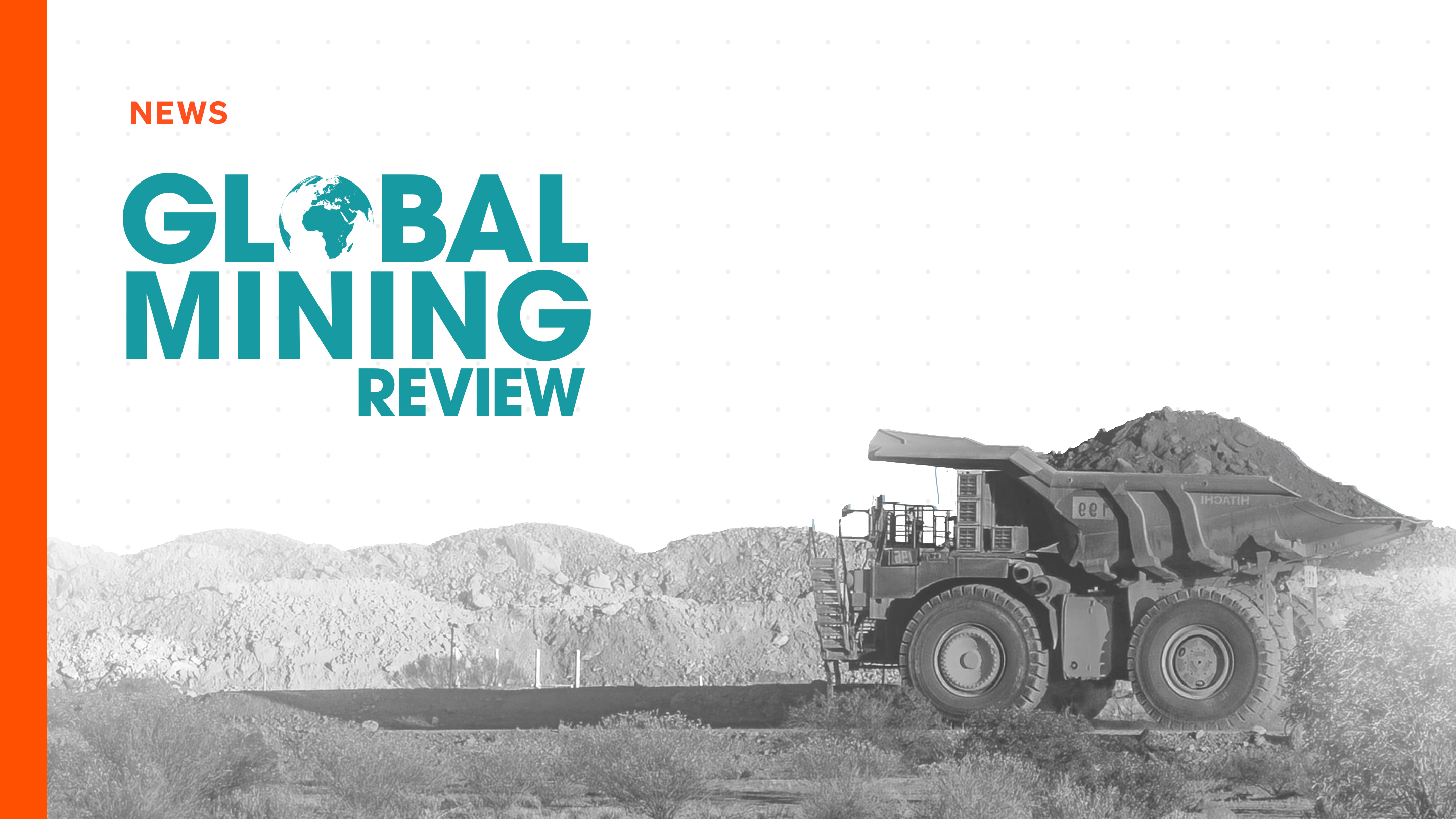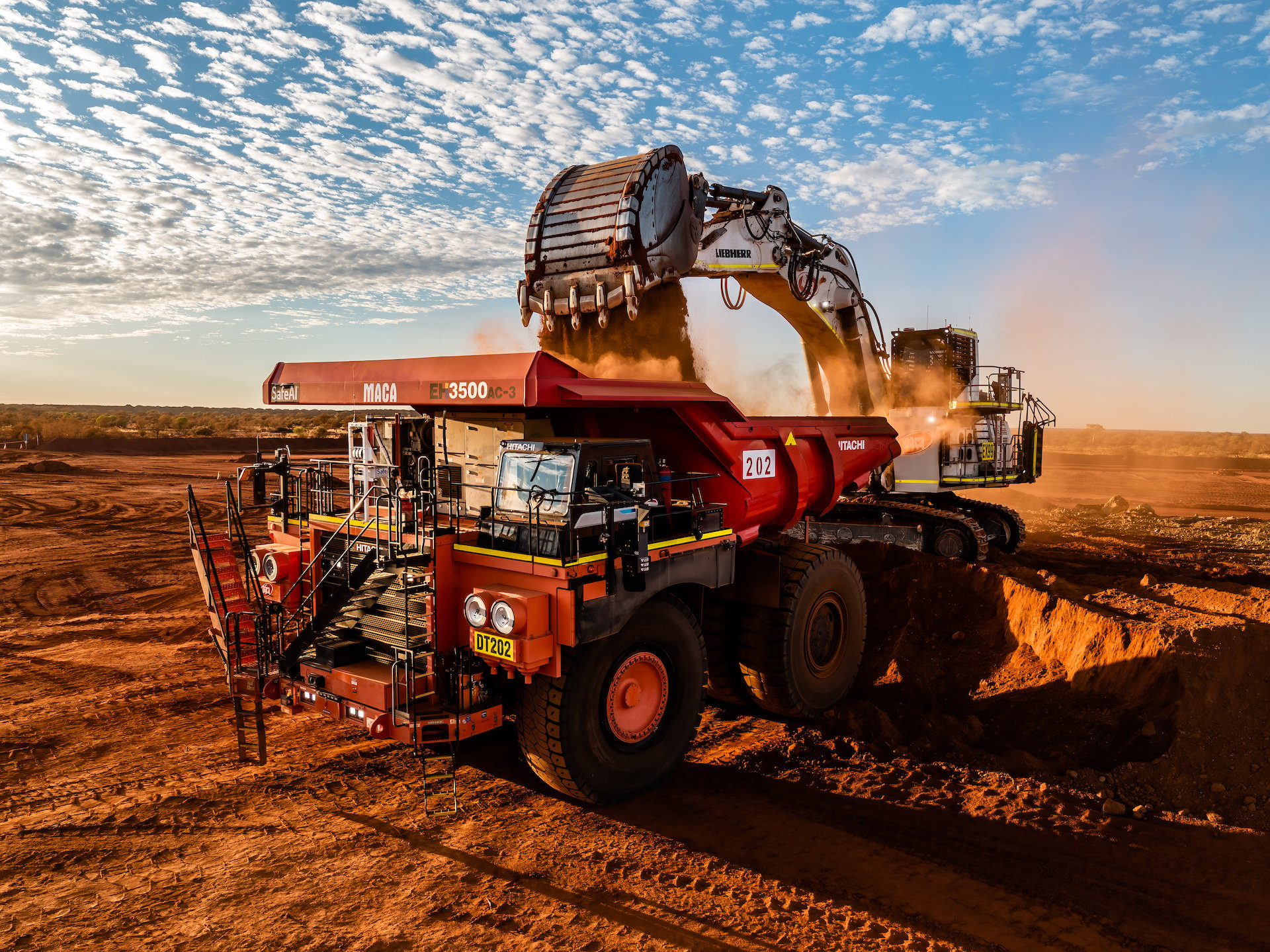
Digging In: SafeAI takes a look inside the mining industry’s decades-long autonomous evolution and looks ahead to the future

We hear a lot about autonomous vehicles (AVs) these days. But, while self-driving cars are just beginning to hit the roads in pilot programmes, autonomous heavy vehicles have already been successfully implemented in mining operations for over a decade.
This is because there is both an acute need and a more immediate opportunity (compared to on-road) for this technology in mining. The mining industry is poised for a boom – fuelled by a growing population, a thriving electronics industry, increasing infrastructure needs, and skyrocketing interest in resource-intensive net-zero initiatives. At the same time, the industry faces serious challenges related to safety, efficiency, and productivity. These pain points, combined with the fact that mining operations are highly controlled, repetitive work environments, make the industry ripe for the adoption of autonomy.
In the last decade, some mining companies have gotten a taste of the benefits that autonomy provides, including heightened productivity and increased site safety. However, the surface of where this technology can take the industry is only just being scratched. It is very impressive how far technology solutions have come, but there is still a long way to go to help customers solve the toughest problems that they face on a daily basis. With the industry on the cusp of entering a new era, it is time to dig into the past, present, and what has the potential to be the future of autonomy in mining.
Left in the dust: A brief history of autonomy in mining
Before exploring the future of autonomy in mining, let us take a look in the rearview mirror to understand how we arrived where we are today.
Mining companies have experimented with various elements of autonomy for over 30 years. From 1994 to 1995, Caterpillar ran the first two prototype Cat 777C autonomous mining trucks at a Texas limestone quarry, successfully hauling over 5000 production loads. Caterpillar then debuted one of the first autonomous mining trucks at MINExpo in 1996. However, the commercialisation of this technology has been at a much slower rate than anticipated. Komatsu, for example, began piloting its own autonomous haulage system at Codelco’s copper mine nearly 10 years after the first mining trucks came on the scene. It finally launched commercially in 2008, after three years of trials.
In the 2010s, the mining industry, especially in Western Australia, started pushing for deployment of autonomous fleets. Six years after the Rio Tinto Group launched the Mine of the Future initiative in 2008, its mines Yandicoogina and Nammuldi in Pilbara, Western Australia, were the first two mines in the world to transport all of its iron ore via driverless trucks and vehicles, according to company reports. By 2018, Komatsu had scaled to more than 130 autonomous mining vehicles across three sites around the world. In 2019 Resolute Mining’s Syama gold mine in Mali began production aiming to become one of the world’s first fully autonomous underground mines.
The results of these early applications speak for themselves. Today, Rio Tinto has implemented over 130 autonomous haul trucks into their iron ore operations. The autonomous haul trucks are each estimated to have operated on average 700 hours more than conventional haul trucks with 15% lower costs. Other major mining companies – such as
BHP, Newmont, FMG, and Teck – have achieved similar positive results with safety and productivity step change in operations with autonomous haul truck fleets.
The initial results show how autonomy can revolutionise worksites. Today, there are more than a thousand of these trucks deployed industry-wide, and they have moved billions of tonnes of earth. Yet, despite the immense potential, less than 5% of mining vehicles worldwide leverage autonomy.
It is worth pondering why the deployment of autonomy, with all its benefits in safety and productivity, has been so slow and what is needed to accelerate the journey for construction and mining customers.
An industry idling: Why this tech is not yet omnipresent
Autonomous technology holds real promise to reimagine the mining industry. However, despite high demand, widespread adoption of autonomy has stalled – here is why.
Several factors have held back mining companies wanting to automate their operations with decade old autonomous technology solutions. For starters, the technology was not great in the beginning. Early generations of autonomous sensor technology lacked maturity. These vehicles were often affected by natural elements that are more common on construction and mining worksites, requiring frequent manual intervention. The capital costs required to purchase new or modify existing machines and set up site infrastructure was quite significant and usually out of reach for construction sites and smaller quarry and mining operations. Customers were put off by the idea of spending big on autonomous solutions, only to have to closely manage them at every turn to avoid disruptions to their existing operations.

To reiterate, the initial captial setup cost has been a stumbling block for many companies. Steep upfront costs also create longer periods of time before any return on investment – discouraging scale and immediately excluding any company without capital to invest. Additionally, the architecture of this technology is not self-intuitive and change management needed for deployment is quite complex for most operators. As a result, many operators took a ‘wait and see’ approach to make a more informed decision and gauge if the cost was worth the benefits.
Lastly, there have been no macro factors driving a sense of urgency for the industry to make the jump towards adopting autonomous technology. Now, with increased competitive pressure on safety, productivity and sustainability (including net-zero commitments), the industry is starting to shake off its complacency. Not only that, but the emergence of new, cost-effective hardware, computing platforms and sensors, and easy to deploy self-intuitive solutions – such as autonomous retrofit technologies – onto the scene in the last three to five years presents a real alternative to legacy autonomous solutions.
Pedal to the metal: Why now is the time for mass adoption
Today, the mining industry is at an inflection point. There is a perfect storm of factors that are pushing the industry to accelerate deployment of autonomy, including the following:
Safety concerns
Mining has a reputation for being a hazardous industry. According to the International Labor Organization, while mining employs around 1% of the global labour force, it generates 8% of fatal accidents. Because of the high risk, human safety is one of the top three concerns among most mine site operators. Autonomy is one answer to this concern – it removes mine workers from harm’s way, increasing site safety.
Labour shortages
Mining also faces a lack of skilled labourers. In the US, for example, mining and logging sector employment, excluding oil and gas, dropped 8.1% from April 2019 to April 2022. Over the last 10 years, US mining employment has fallen 20.4%. Autonomous solutions can enhance productivity and serve as a draw for new employees, who can remain out of harm’s way while working in a strategic capacity.
Demand
As the world gears up for net-zero and demand for the prerequisite raw materials surges, the metals and mining sector will be put to the test. It is estimated that the overall need for minerals could increase by as much as six times by 2040. The mining industry, as it exists today, cannot meet this kind of demand. Operators need to adopt technologies that streamline processes and increase efficiency to keep pace.
Technological advancements
Not only has demand accelerated, but AV sensor technology and onboard computing power has advanced lightyears over the past decade, fuelled by progress made in autonomous on-road vehicles. Since 2010, investors have poured approximately US$206 billion into AV technologies and smart mobility. This investment has paid dividends in improving all self-driving technology, including off-road applications. Autonomous solutions are now up for the challenge, no longer stumped by dust and rocks like in the past. The proliferation of autonomous technology in both on and off-road environments has also lowered the cost of hardware components needed to retrofit large off-road vehicles, further lowering the barrier to entry for broader access and adoption.

Driving forward: The benefits companies (and the world) can expect
With all of these factors at play, the construction and mining industry is at a unique tipping point. Until now, access to AVs has skewed toward Tier 1 mining operators that have the capital to make the investment in deploying autonomy. The increasing maturity of this market – including the emergence of new cost effective and easy to deploy autonomous solutions with backward compatible retrofit design – opens up access to a much wider swath of the industry, including small construction sites and quarry applications. This includes companies and sites with mixed fleets that cannot afford to start from scratch and invest in an entirely new fleet of AVs and companies with older fleet vehicles who are not in a position to replace their fleet with new machines to deploy autonomy.
This enhanced accessibility means the benefits will begin to be seen industry-wide. Autonomous heavy vehicles remove workers out of harm’s way and increase site safety. Additionally, enabled by autonomy, each vehicle can add approximately 1000 additional hours of productivity per year. Such gains in safety and productivity with affordable, state-of-the-art retrofittable autonomous kits will help operators to reduce payback period and accelerate deployment. Furthermore, the latest autonomous technology will help bring the world closer toward cleaner technologies and a net-zero economy, by accelerating the production of much-needed mined resources.
Conclusion
Imagine a world where mines across the globe can operate 24/7 with the highest safety standards and results; a world where electric vehicles and other decarbonisation efforts fuelled by raw materials thrive; a world where an infrastructure project is never delayed due to labour shortages at remote sites. That world is well within reach with the help of autonomy. There is enormous potential for autonomous technology deployment in the mining industry. With massive investment by the auto industry to bring down the cost of hardware and increase the power of the computer platform, retrofittable autonomous technology is mature enough to drive the industry in this direction. The time is now to accelerate toward an autonomous future for mining with cost effective and easy to deploy backward compatible retrofittable autonomous solutions.
